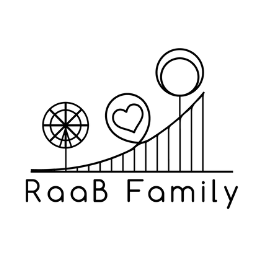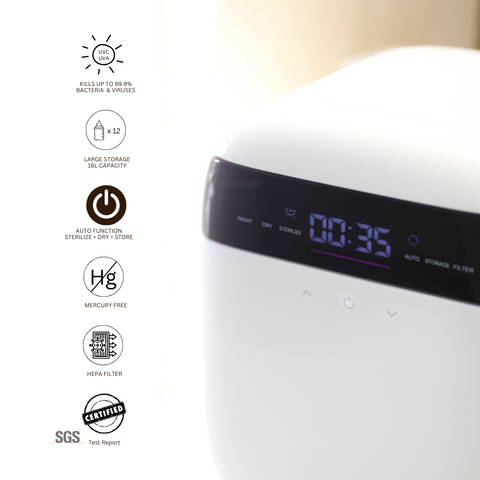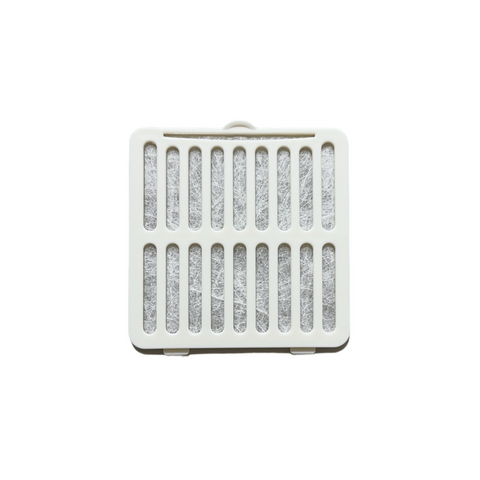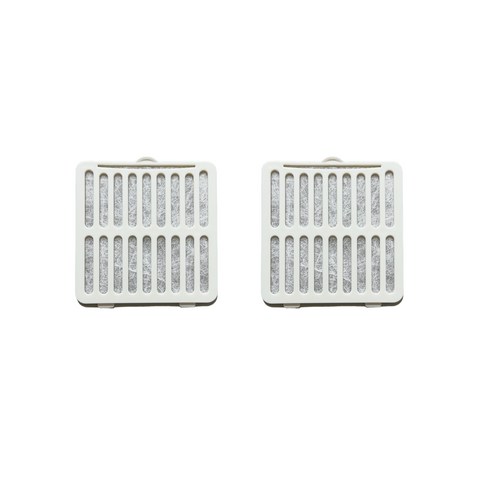FAQs about UV Steriliser for Baby Products in Singapore
1. What is a UV steriliser and how does it work?
A UV steriliser for babies is a device designed to clean baby products using the power of UV-C light. UV-C light has the ability to penetrate the cell walls of bacteria and viruses, destroying their DNA and rendering them harmless. This process ensures that harmful germs are eliminated from your baby's items, such as milk bottles and pacifiers, without the need for high heat or chemicals. UV sterilisers are an efficient, safe, and eco-friendly solution to keep your baby’s essentials clean and ready for use.
2. Is a UV baby steriliser safe for baby items?
Yes, using a UV steriliser for baby items is completely safe when following the manufacturer’s guidelines. UV-C light works effectively to kill bacteria and viruses without the use of harsh chemicals. This makes it a healthier alternative for sterilising baby bottles, pacifiers, and other baby accessories. The process ensures thorough cleaning while preserving the quality and integrity of the items. Furthermore, UV sterilisers are eco-friendly and reduce the need for disposable cleaning materials, adding a sustainable touch to baby care.
3. How long does it take to sterilise items with a UV steriliser?
The duration varies based on the model of the UV steriliser and the size of the items. Typically, a UV steriliser can complete a cycle in as little as 5 to 15 minutes. During this time, items like milk bottles, pacifiers, and breast pump parts are exposed to UV-C light, ensuring they are thoroughly disinfected and ready for use. This quick and efficient process is especially helpful for busy parents who need a fast yet reliable way to keep their baby items germ-free.
4. What types of baby items can be sterilised with a UV steriliser?
A UV steriliser can be used to clean a wide variety of baby items, including baby milk bottles, pacifiers, teething toys, and breast pump parts. These versatile devices make it easy to ensure all your baby's feeding and care accessories are kept hygienic.
5. What is Mercury-Free UV bottle steilizer?
Mercury-free UV sterilisers represent a safer and more eco-conscious choice for baby care. Mercury, often found in some older UV sterilising lamps, is toxic and poses significant health and environmental risks. Broken or damaged mercury-containing lamps can release harmful vapours that may lead to respiratory and neurological problems.
Furthermore, Mercury also contaminates air, soil, and water, contributing to long-term environmental damage through bioaccumulation. With the availability of mercury-free UV sterilisers, there’s no need to take these risks. These advanced devices use safer, non-toxic technology to ensure your baby bottle steriliser or UV bottle steriliser is both effective and environmentally responsible.
6. Why are UV bottle sterilizers better than traditional sterilizers for babies?
UV sterilizers are better because they are faster, chemical-free, and versatile, making them safer and more convenient for baby items.
7. How do I choose the best UV sterilizer for baby bottles?
Choose a UV sterilizer with safety certifications, suitable size, and features like quick sterilization and compatibility with baby bottles.




